Use Apache Iceberg in a data lake to support incremental data processing
AWS Big Data
MARCH 2, 2023
Iceberg has become very popular for its support for ACID transactions in data lakes and features like schema and partition evolution, time travel, and rollback. and later supports the Apache Iceberg framework for data lakes. AWS Glue 3.0 The following diagram illustrates the solution architecture.





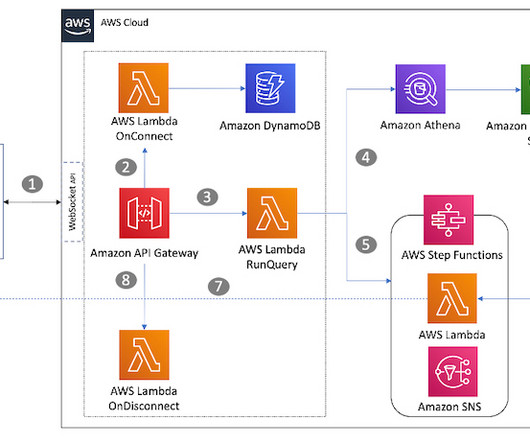

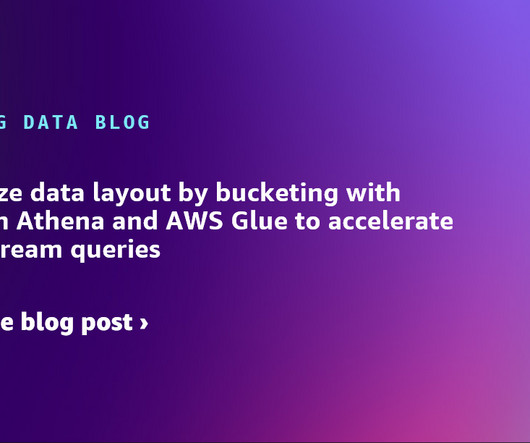
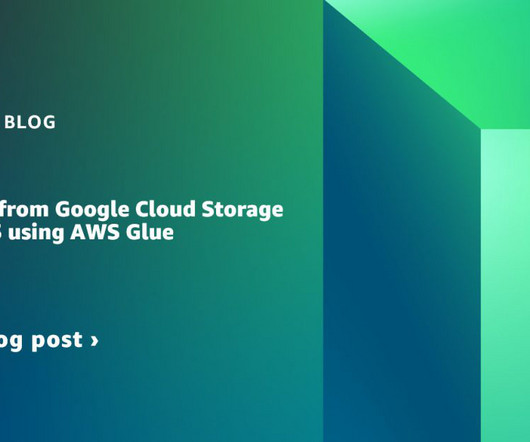
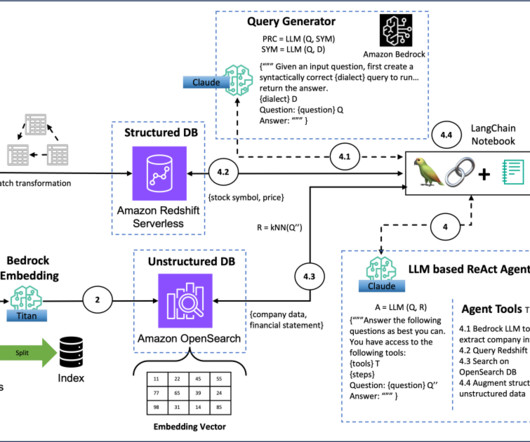
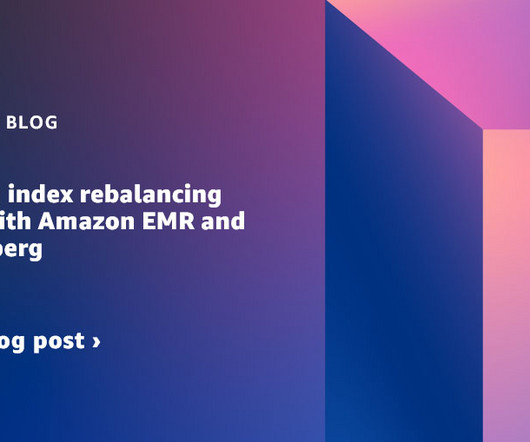


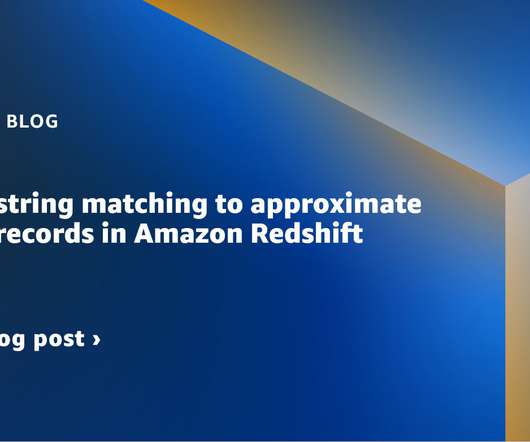









Let's personalize your content